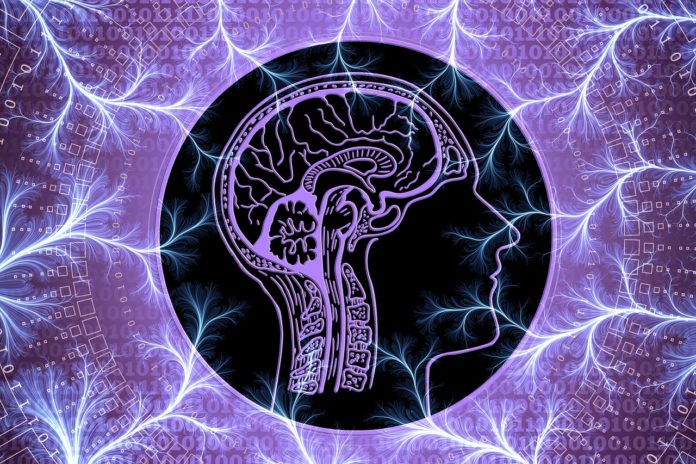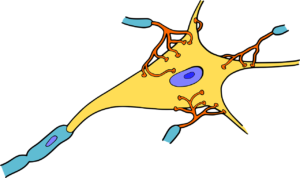
The nerve impulse is a signal that travels down the axon of a neuron to another neuron or muscle cell.
This process can be broken down into three parts:
depolarization, propagation and repolarization.
In order for this process to occur.
It must have an initial stimulus such as when a neurotransmitter binds with a receptor on the presynaptic membrane.
The binding of the neurotransmitter creates a conformational change in voltage-gated ion channels.
That leads to an influx of sodium and chloride ions.

The depolarization reaches threshold, causing an action potential that can travel down the axon at speeds up to 120 meters per second (m/s).
Thereby triggering contraction of muscle cells or signals traveling across synapses.
Finally, there needs to be a repolarization before another signal can occur.
Which happens through potassium ion currents flowing out of the cell .
Along with changes in sodium and chloride fluxes facilitated by altered interactions between proteins embedded within cellular membranes.




